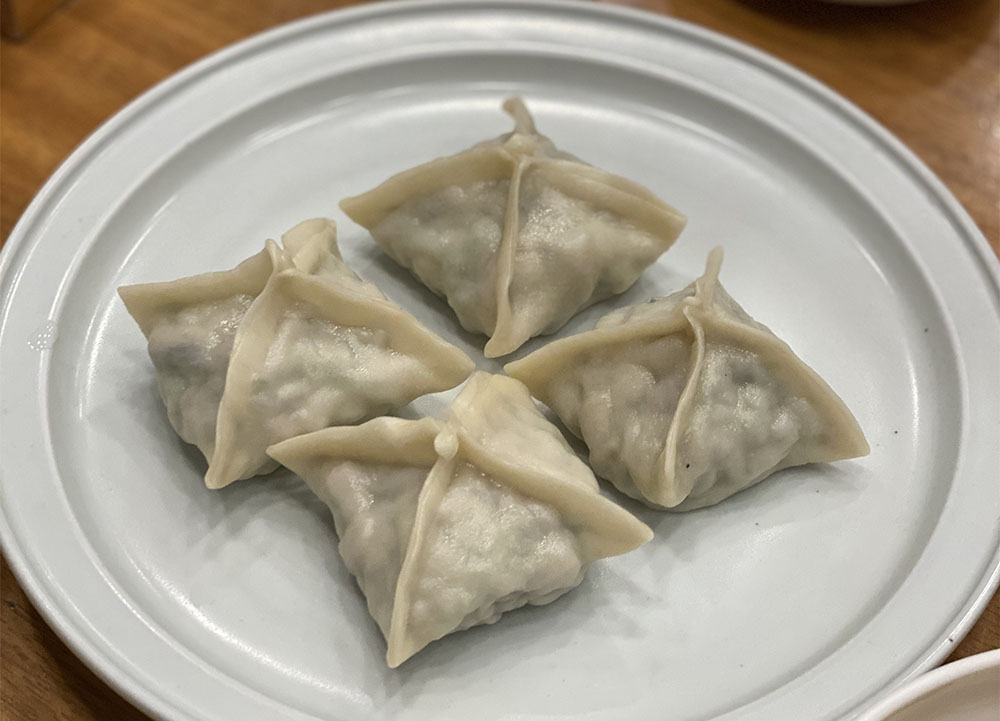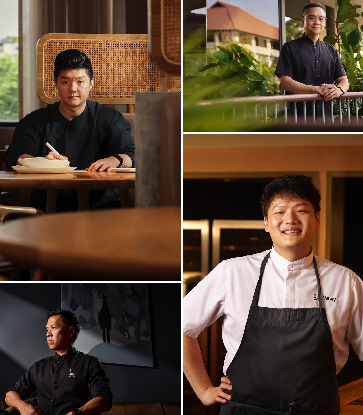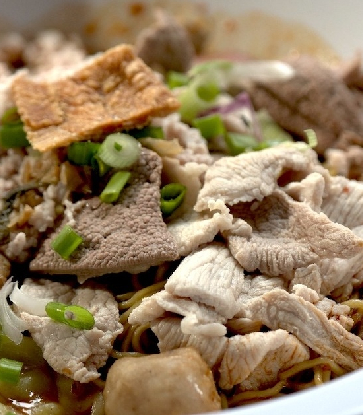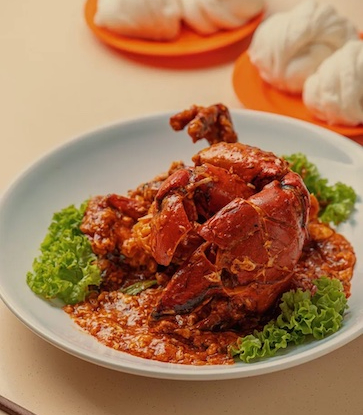Seoul is renowned for its diverse and rich food scene, with options ranging from traditional Korean dishes to international cuisine. While there may not be a single iconic dish that represents the city, it has a wide range of distinctive and delicious foods to offer. Visitors may wonder, similar to Jeonju's bibimbap and Gangwon-do's jangkalguksu, are there local dishes unique to Seoul?
Seoul's culinary culture is shaped by its history as the gathering place for ingredients from all over the country, which gave rise to colourful and elaborate Ban-ga foods. This cuisine is known for using finely minced seasoning and a large number of spices, likely due to the influence of the royal family and noble class who resided in the city. However, some foods were enjoyed by ordinary people in Seoul, and there are still places that preserve the tradition of these commoner dishes today. For those seeking an authentic taste of Seoul, there are three must-try dishes to experience the city's unique culinary delights.

Bulgogi (불고기)
Seoul-style bulgogi emerged in the early 1900s, gaining popularity when long-established naengmyeon shops in Seoul began selling it. Unlike Eonyang-style or Gwangyang-style bulgogi, which is typically grilled, Seoul-style bulgogi is characterised by being cooked in broth using a special pot with a hole in the middle, similar to a shinseon-ro.
Thinly sliced beef is combined with mushrooms and glass noodles boiled in a small amount of broth, creating a delicious medley that is perfectly flavorful for eating with rice. While the texture of the meat may be slightly softer than that of other regional variations, Seoul-style bulgogi is made exclusively with tenderloin or sirloin, resulting in a mouth-watering tenderness.
While there are many places where you can sample Seoul-style bulgogi, one standout option is Bib Gourmand restaurant Woo Lae Oak, which is so popular that customers are willing to wait several hours for a taste. Overall, Seoul-style bulgogi is a must-try dish for anyone looking to experience the unique and diverse flavours of Korean cuisine.

Chu-tang (추탕)
Chueotang, a popular Korean dish, is made by boiling loach with various spices until it becomes soft and flavourful. Originally a food for the poor, it gained popularity among nobles and even kings due to its excellent nutritional value and delicious taste. Chueotang is a type of "food from below" that has become a beloved part of Korean cuisine.
There are various styles of chueotang, including Seoul-style, Gyeongsang-do, Jeolla-do, and Wonju-style. Jeolla-do style chueotang is typically finely ground and made with soybean paste and perilla seeds, while Wonju-style chueotang is based on gochujang. Gyeongsang-do style chueotang is lightly boiled with cabbage and Korean mint.
Chutang, also known as Seoul-style chueotang, is a spicy soup made by adding a whole boiled loach to a broth made from beef bones, brisket, and intestines. The soup is seasoned with red chili powder and typically includes giblets, mushrooms, green onions, zucchini, and tofu, making for a hearty and satisfying meal. While there are only a few places left in Seoul that still serve this style of chueotang, one notable option is Bib Gourmand restaurant Yonggeumok.

Pyeonsu (편수만두)
Pyeonsu is a square-type dumpling that originated as a court dish made with beef and stuffed with cucumber or zucchini. According to an old Korean cookbook from 1934, pyeonsu is a summer food that is served chilled similarly to cold noodles. The process involves putting the stuffing in the middle, folding the four corners, wrapping it, boiling it, and then cooling it down. Finally, cold soup is poured over it before serving.
In addition to being a court dish, pyeonsu is also a traditional food of Gaeseong, a region of North Korea. Unlike Seoul's pyeonsu, Gaeseong pyeonsu is wrapped in a round shape and made smooth. While Seoul-style pyeonsu is served cold, Gaeseong-style pyeonsu is served with warm soup.
Among the various Seoul-style pyeonsu, those made with cucumber have a special crunch that is best enjoyed with vinegar soy sauce. It is a delicacy that refreshes the palate in summer, but it is not easy to make and therefore not commonly found. However, you can enjoy pyeonsu all year round at Bib Gourmand restaurant Jaha Son-Mandu.






















